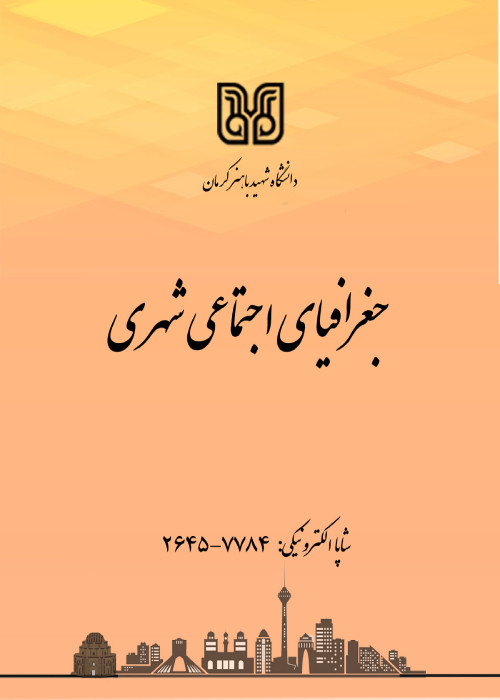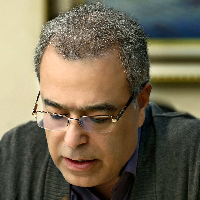Evaluation of Underutilised Fabrics from the Perspective of Disaster Risk; Case Study of Tehran city
Disaster risk is increasing sharply in cities around the world that are at hazards. Within cities, especially cities in low and middle-income countries, some urban spaces are constructed to distribute risks unfairly. For example, in Tehran, the existence of threatening hazards such as earthquakes, floods, fires and many environmental challenges along with a large area of unstable fabrics has caused this city to have special conditions in terms of disaster risk management.This study utilizes the approach of integrating disaster management policies and promotion of underutilised fabrics following the zoning of these fabrics in Tehran in terms of vulnerability to various hazards and provides solutions to control and reduce the damage caused by hazards with emphasis on policy-making, planning and prevention.
This research is applied-developmental in terms of type and its general model is descriptive-analytical and based on the evaluation method, during which the modeling, construction of a composite index and integration and superimposition of information layers and data based on the analytic hierarchy process to determine the final weight of spatial units and zoning of vulnerability of underutilised Fabrics in Tehran has been done. Indicator data and layers are also extracted from sources and various secondary data. Scoring of indices and sub-indices is based on experts' questionnaire and calculations were done in ARC GIS software.
In Tehran, there is a large overlap between the range of underutilised urban fabrics and higher levels of urban poverty, population concentration, and the potential for a variety of hazards. In this regard, underutilised fabrics of the southern half of Tehran, especially in regions 15, 18 and 20 in the first degree and regions 16, 17 and 19 in the second degree have the greatest potential for risk.
In some areas of Tehran, the realities of disaster management are much more complex than existing plans and policies. The disaster management system in underutilised fabrics requires a different mechanism compared to other parts of the city. Therefore, in order to reduce the risk in these areas, it is necessary to pay special attention to the issue of reducing urban poverty and vulnerability, and in general integrating policies and measures of disaster risk management and urban planning and social and economic development programs.
- حق عضویت دریافتی صرف حمایت از نشریات عضو و نگهداری، تکمیل و توسعه مگیران میشود.
- پرداخت حق اشتراک و دانلود مقالات اجازه بازنشر آن در سایر رسانههای چاپی و دیجیتال را به کاربر نمیدهد.



